While much of the world debates how to make cities smarter, greener, and more livable, Canada is already doing it quietly, and in some surprising places. Across the country, forward-thinking municipalities are leading the way in clean energy, inclusive design, tech integration, and public space innovation. Here are 19 Canadian cities that are the future of urban living:
Vancouver, British Columbia

Vancouver is leading the way in passive housing, zero-emission building standards, and climate resilience planning, with a robust cycling infrastructure, walkable neighborhoods, and a growing network of community gardens and green rooftops. Vancouver’s city council also continues to invest in innovative city technologies and low-carbon urban development, making it one of the most progressive and adaptive cities in North America.
Montreal, Quebec
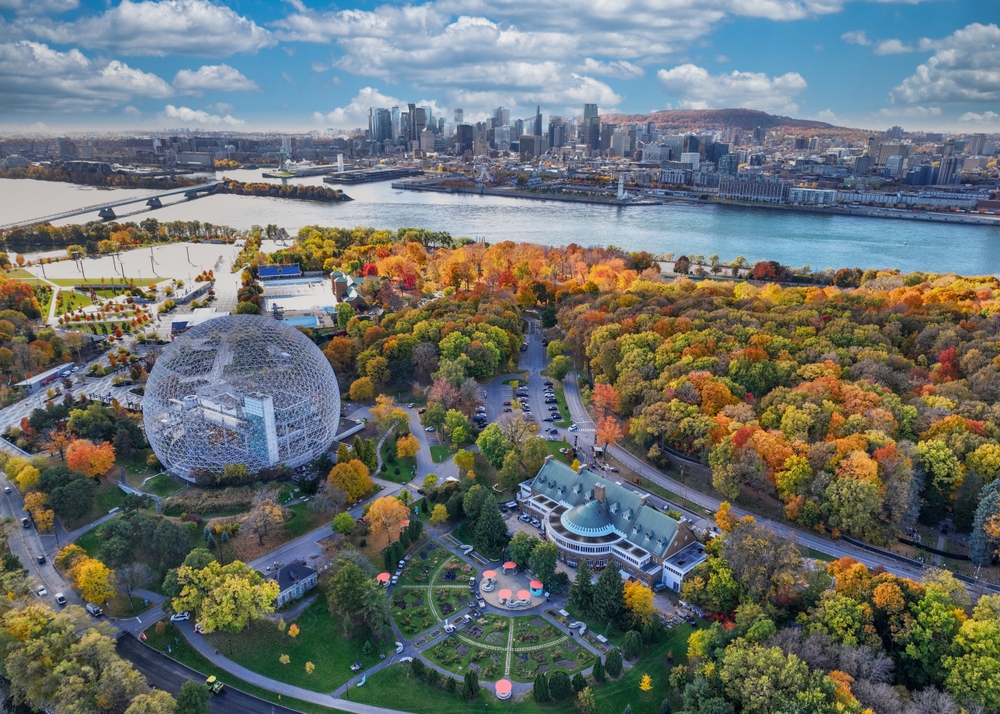
Montreal is investing heavily in AI, clean tech, and public transit infrastructure, including the fully automated REM light rail system. Initiatives like the eco-districts promote mixed-use development with sustainability at the core. At the same time, Montreal’s inclusive policies around housing and its commitment to expanding green spaces have earned it praise from urbanists worldwide. It is a city that embraces both culture and cutting-edge tech.
Edmonton, Alberta
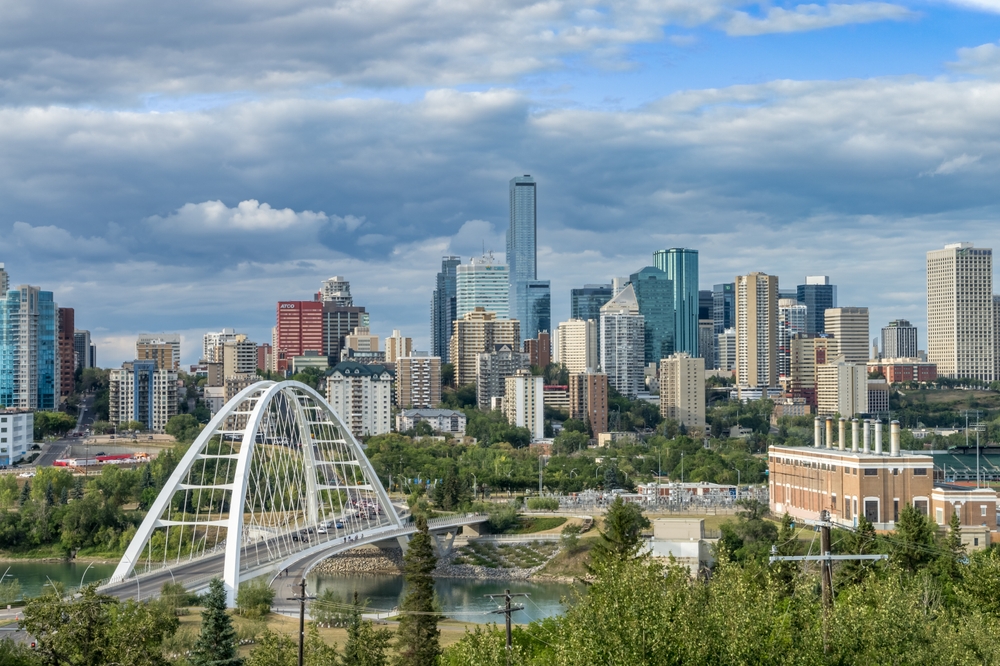
With its forward-looking energy transition plan, Edmonton is rapidly investing in renewables, electric buses, and sustainable infrastructure. Its downtown transformation includes pedestrian-first design, mixed-use zoning, and a digital innovation hub attracting top talent. Edmonton is also home to one of North America’s most advanced waste management systems. It has adopted bright lighting and real-time data platforms to improve city services. This city is demonstrating to the world that resource-based economies can drive a green future.
Halifax, Nova Scotia
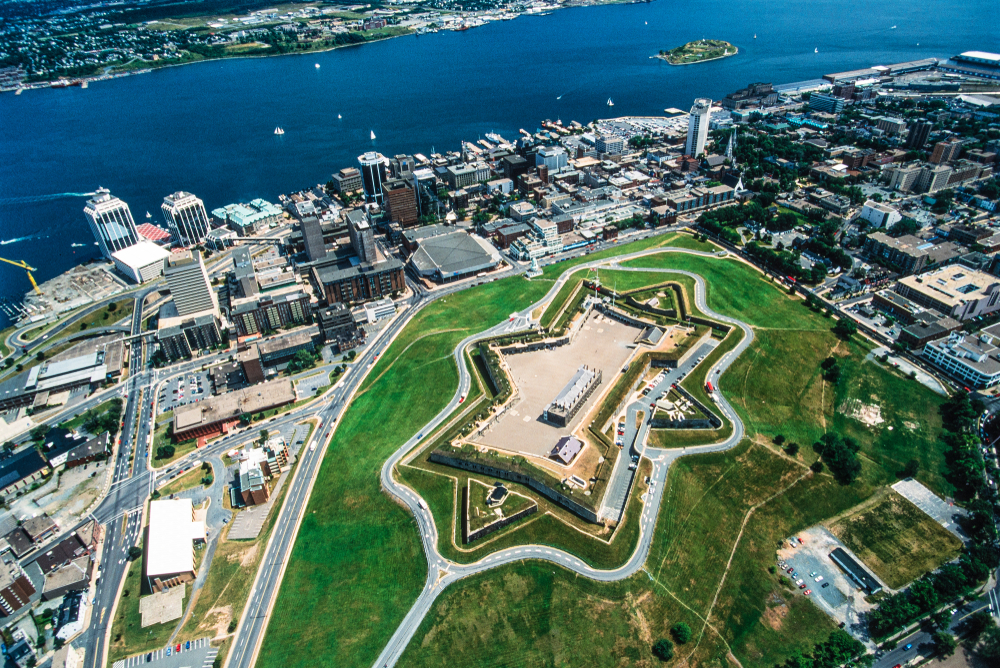
Halifax’s affordable housing policies, expanding tech sector, and waterfront revitalization projects have turned it into a model for sustainable coastal living. With investments in climate resilience, especially around rising sea levels, and walkable, human-centered design, Halifax is quickly becoming a testbed for how mid-sized cities can thrive. The city’s commitment to urban forests, active transportation, and heritage preservation makes it both livable and forward-thinking, while it continues to grow with intention.
Waterloo, Ontario
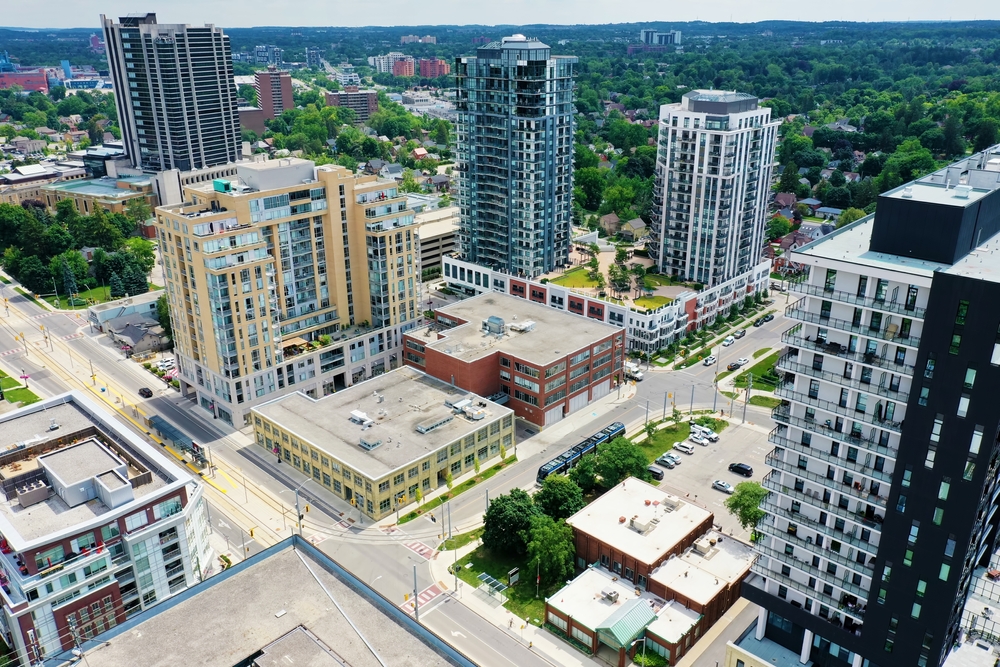
Known globally for its tech scene and top-ranked university, Waterloo punches far above its weight in urban innovation. The city supports a growing ecosystem of startups focused on AI, robotics, and sustainable engineering. It’s Smart Waterloo Region initiative uses data to improve public services, especially for children and youth. At the same time, the transit-oriented development, mixed-use zoning, and cutting-edge mobility projects keep the city compact and efficient.
Ottawa, Ontario
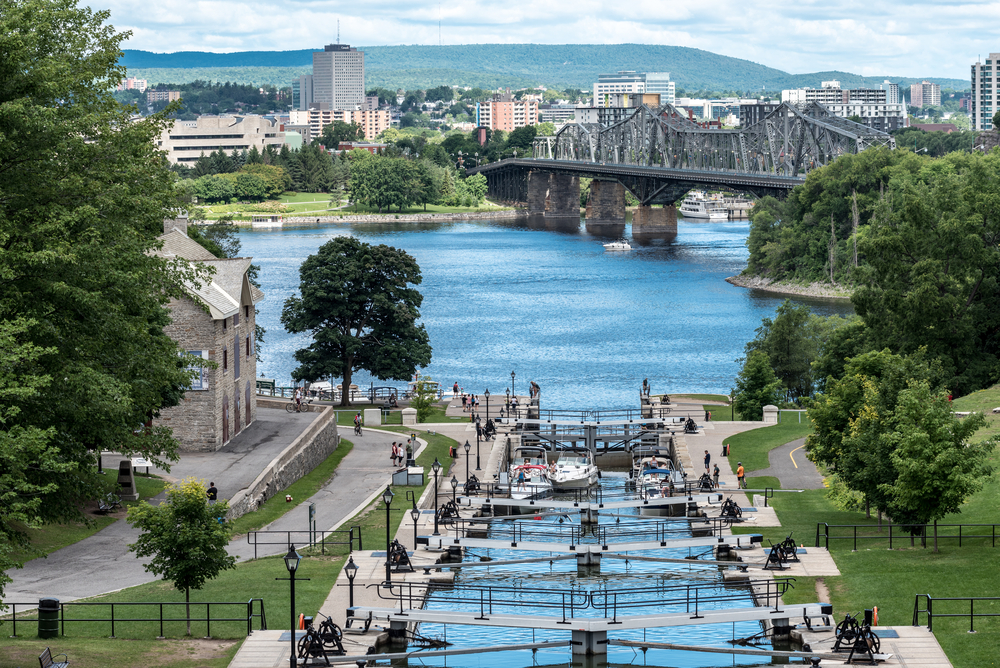
Canada’s capital is leveraging its government tech expertise to become a hub for smart city innovation. Ottawa is investing in connected infrastructure, open data platforms, and intelligent transportation systems that reduce congestion and emissions. Its 15-minute neighborhoods strategy is redefining urban convenience, ensuring residents can live, work, and play without a car. The Zibi development, which is Canada’s largest net-zero carbon community, is a bold statement in green urbanism.
Calgary, Alberta
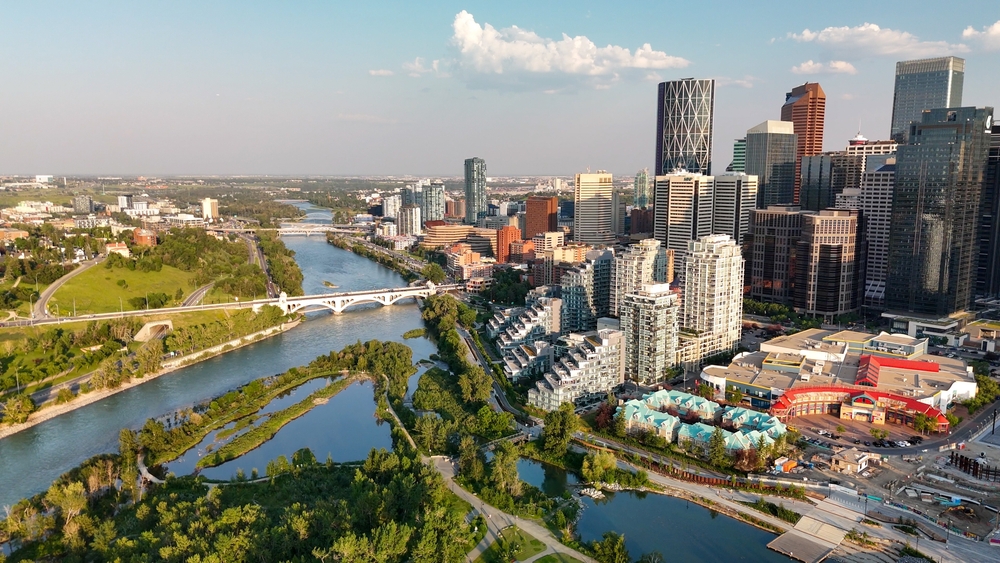
Once known primarily for oil, Calgary is reinventing itself through digital transformation and green innovation. The city has become a magnet for cleantech startups and is turning unused office towers into residential spaces, creating one of Canada’s most ambitious downtown revitalization efforts. Calgary’s innovative traffic systems, bike infrastructure, and investment in public transit are reshaping mobility, while its Living Lab model invites entrepreneurs to pilot innovative city technologies in real-world settings. Combined with high quality of life, affordability, and a growing culture sector, Calgary is a blueprint for post-industrial cities moving into a more sustainable future.
Victoria, British Columbia
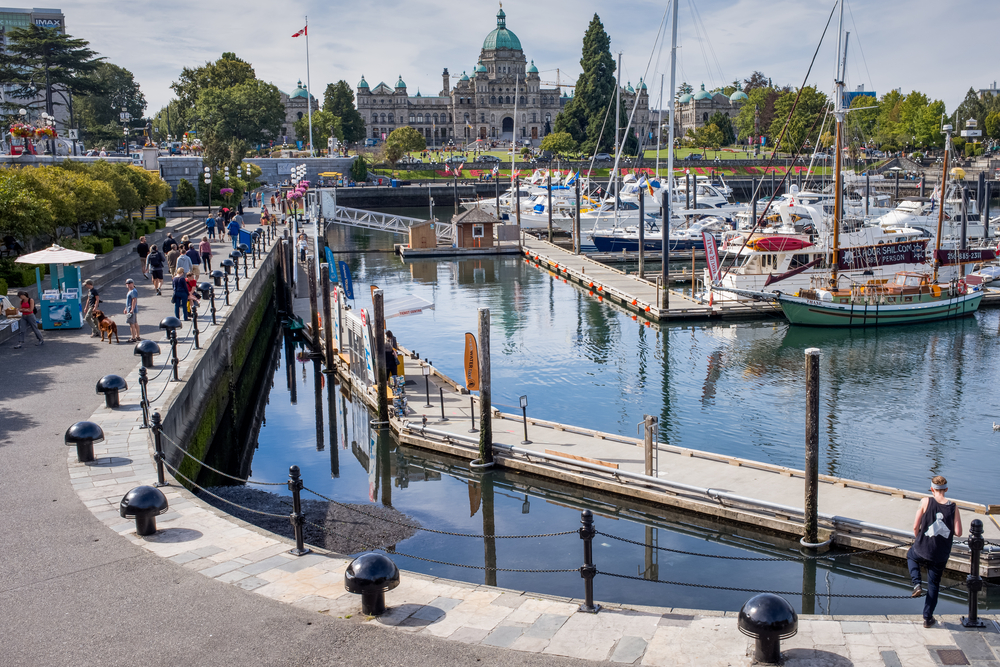
Victoria may be one of Canada’s oldest cities, but its approach to urban living is anything but dated. The city is investing in dense, walkable communities that emphasize public transit, active transportation, and green infrastructure. Victoria’s climate action plan includes net-zero targets, urban forest expansion, and cutting-edge water management strategies. At the same time, the strong support for local food systems, including rooftop gardens and year-round markets, supports both resilience and health. With an emphasis on social equity, Indigenous inclusion, and eco-conscious planning, Victoria is proving that smaller cities can lead the charge toward a greener, brighter, more inclusive urban future.
Mississauga, Ontario
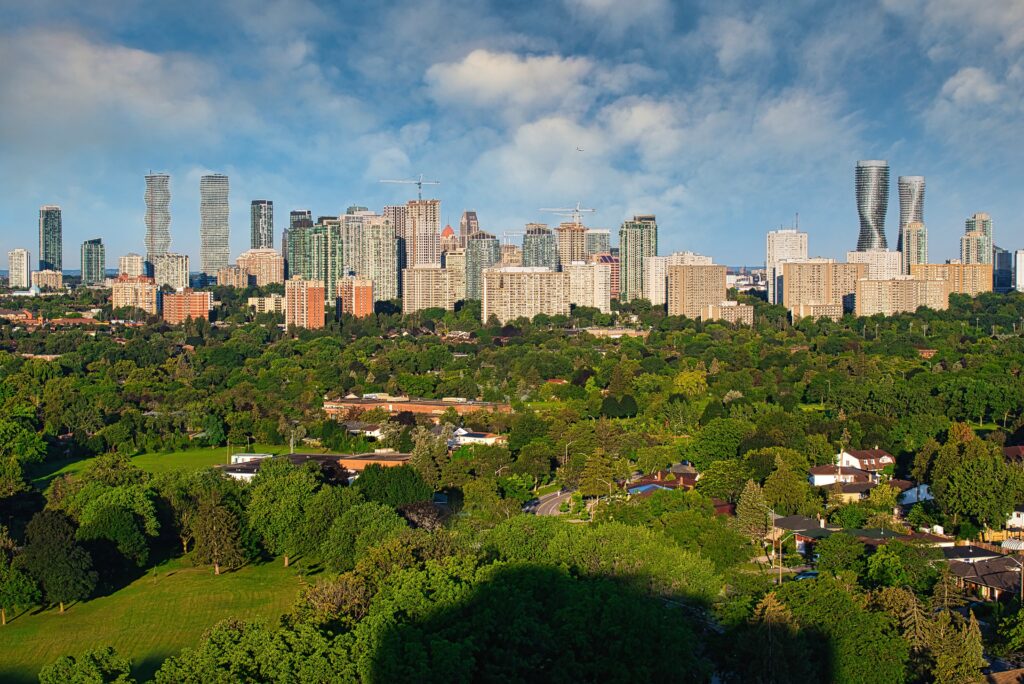
As Toronto’s largest neighbor, Mississauga is carving out its own identity as a modern, livable city with an eye on the future. Its “Smart City Master Plan” focuses on using technology to enhance transportation, energy use, and community engagement. Projects like the Hurontario LRT are reshaping transit, while green building standards and new waterfront developments bring sustainability into focus. Mississauga also supports innovation through partnerships with post-secondary institutions and business accelerators.
Gatineau, Quebec
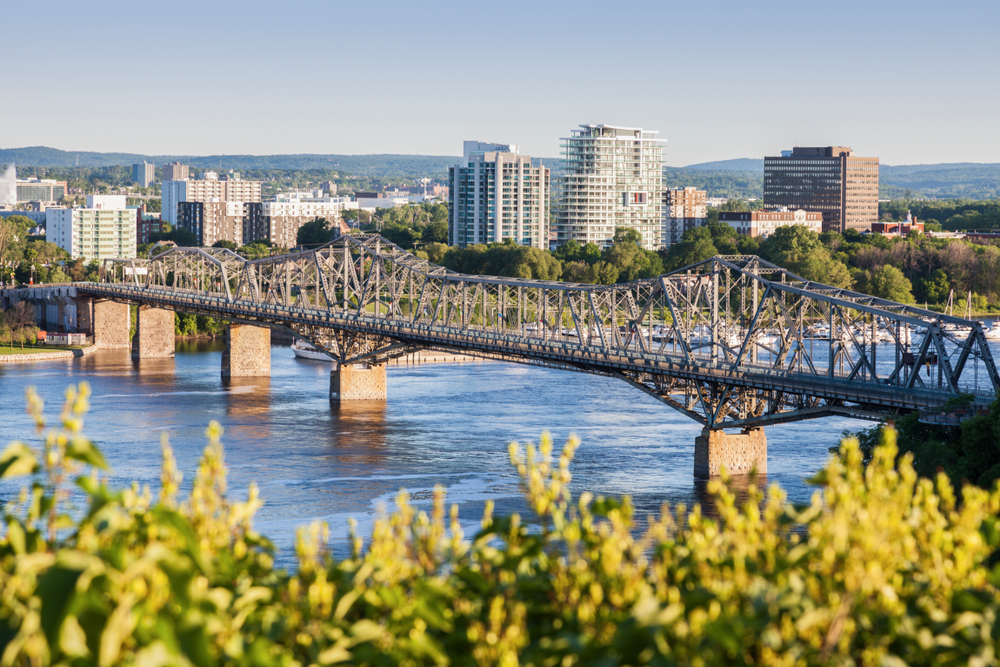
Often overshadowed by its twin city, Ottawa, Gatineau is emerging as a forward-thinking urban center in its own right. The town has embraced sustainable design through eco-district planning, transit upgrades, and green space integration. Its Vision Zero commitment aims to eliminate traffic-related deaths, and its climate plan centers on energy-efficient development and biodiversity preservation. With strong public engagement and investment in smart mobility, Gatineau is shaping a livable, walkable, and inclusive city.
Nanaimo, British Columbia
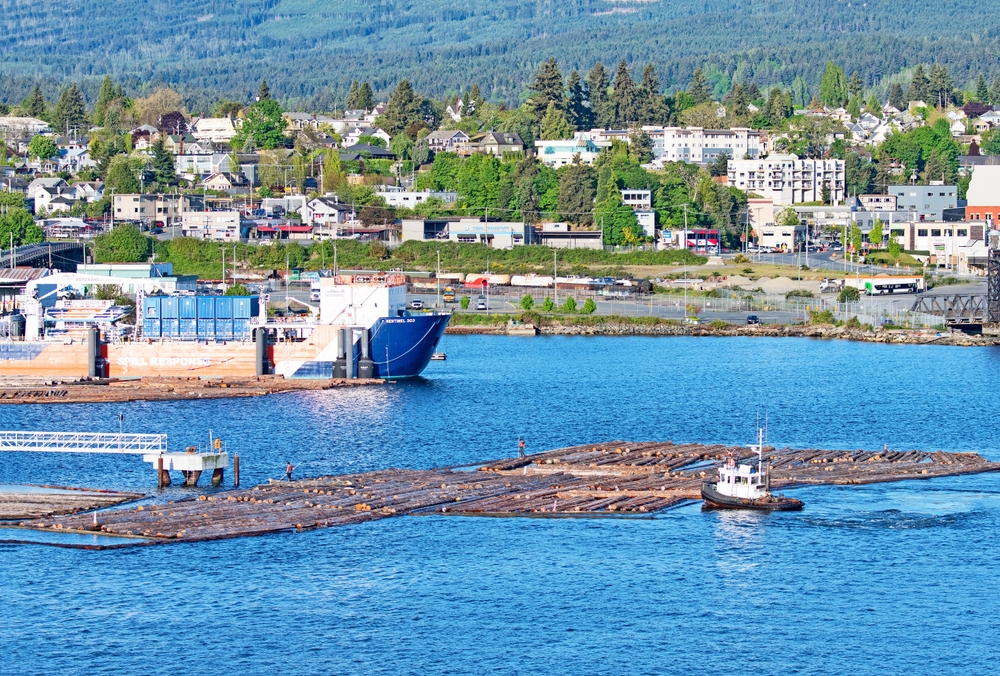
Nanaimo’s bold “ReImagine Nanaimo” plan outlines a future with car-free corridors, integrated transit systems, and a strong emphasis on green building standards. As housing prices soar in nearby Vancouver and Victoria, Nanaimo is becoming a more accessible alternative while retaining a high quality of life. It is also investing in economic innovation, including cleantech and ocean science, and prioritizing Indigenous reconciliation in city planning. With its harborfront redevelopment and climate resilience goals, Nanaimo is a Pacific Northwest city to watch.
Kitchener, Ontario
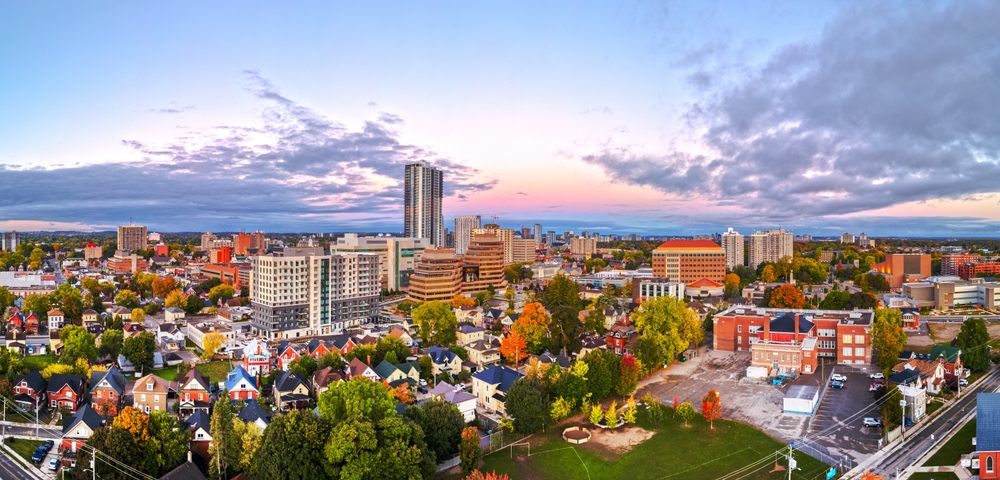
Kitchener, once known for manufacturing, is now a leader in tech-driven urban transformation. The city’s collaboration with Waterloo and Cambridge forms Canada’s innovation triangle, home to hundreds of startups and global tech offices. But it’s not just about industry, as Kitchener’s urban core is being reimagined with walkable neighborhoods, heritage preservation, and affordable housing strategies. Its focus on smart transit, digital infrastructure, and sustainable land use has made it a national model for mid-sized city revitalization.
Laval, Quebec
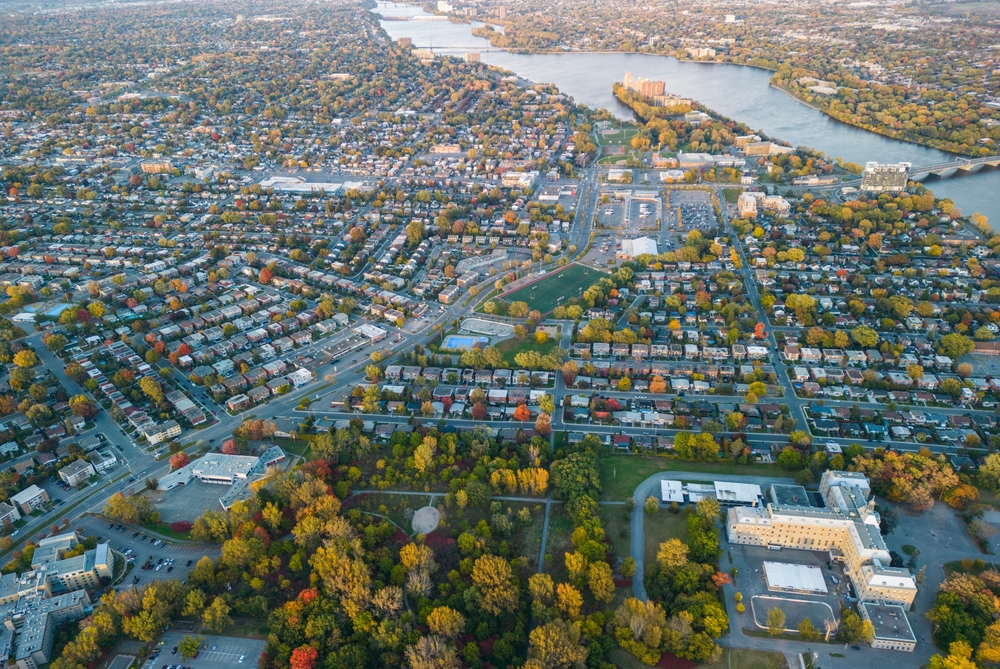
Located just north of Montreal, Laval has launched a comprehensive urban transformation plan that includes eco-neighborhoods, sustainable transit, and data-driven governance. Laval is working toward becoming a living laboratory, encouraging experimentation in green infrastructure, autonomous mobility, and civic technology. The city’s rapid population growth is being managed through densification, mixed-use development, and smart zoning. With a young, dynamic population and a leadership team committed to innovation and sustainability, Laval is turning ambition into action.
St. John’s, Newfoundland and Labrador
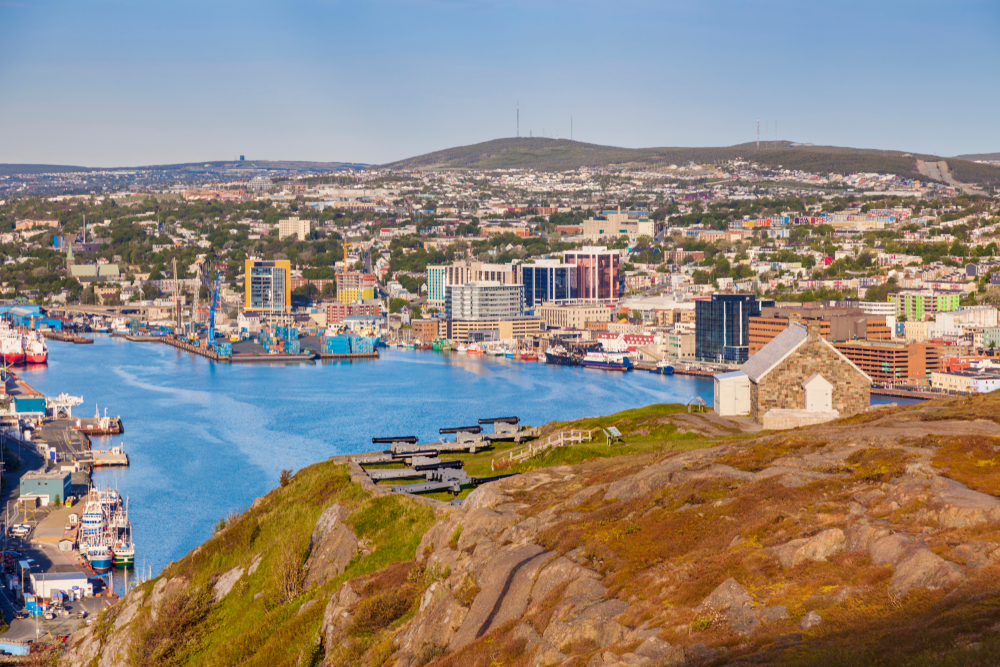
St. John’s blends centuries-old maritime charm with new-age ambition. The city is tackling the challenges of climate change and economic transition head-on by investing in resilient infrastructure, renewable energy, and sustainable tourism. Urban renewal efforts in the downtown core focus on density, walkability, and heritage preservation, while partnerships with Memorial University are fueling marine research and entrepreneurship. St. John’s is also adopting innovative waste management, improved transit services, and digital public engagement tools.
Surrey, British Columbia
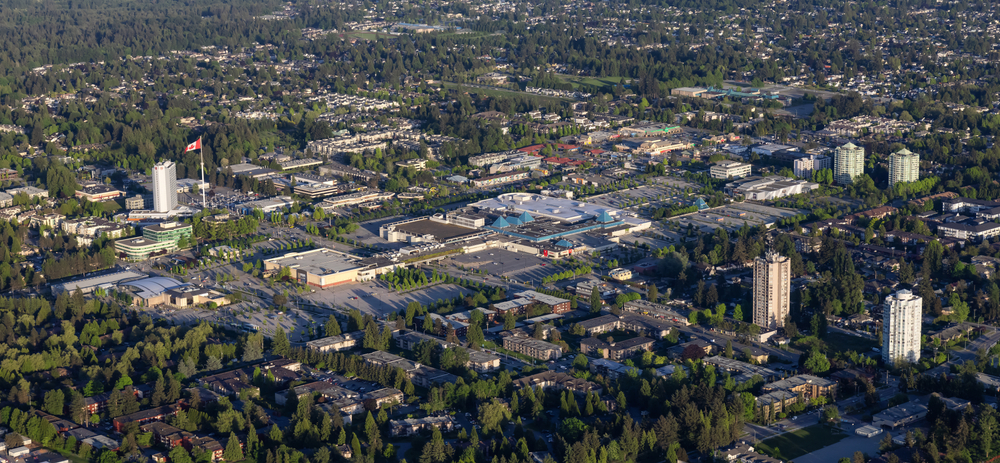
Surrey is one of Canada’s fastest-growing cities, and it’s not growing blindly. The city’s “Smart Surrey Strategy” uses technology to improve transportation, sustainability, and safety while maintaining a strong community focus. It is building one of the country’s first all-electric bus fleets and expanding green infrastructure, including urban forests and low-impact stormwater systems. Surrey’s Innovation Boulevard links health care, academia, and tech in an ecosystem aimed at better urban well-being.
Trois-Rivières, Quebec
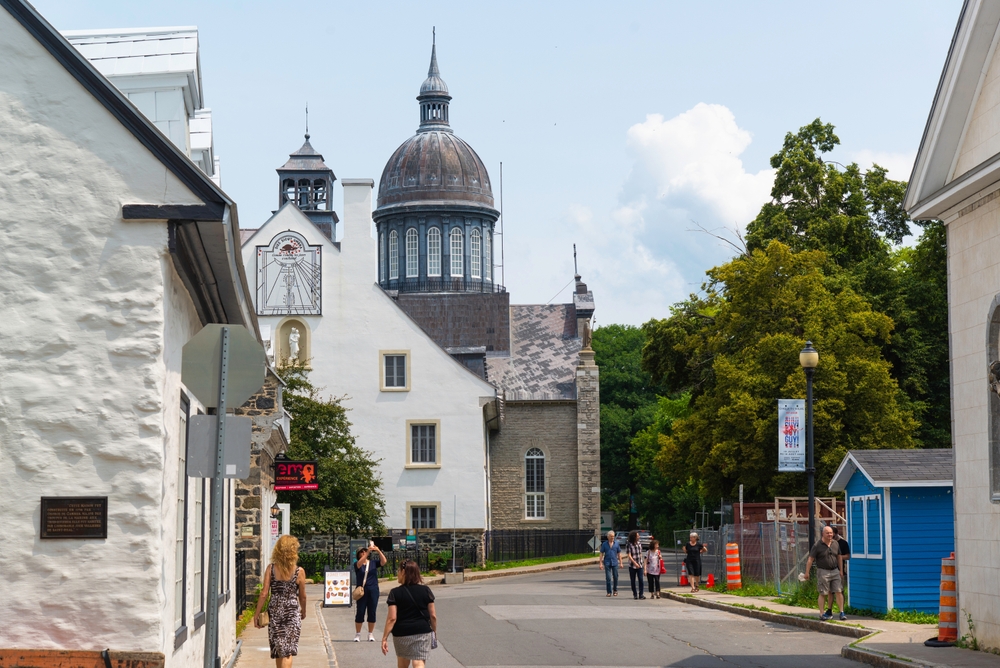
Trois-Rivières is reinventing itself with a bold focus on environmental and economic regeneration. Once heavily industrial, the city is now embracing renewable energy, sustainable construction, and eco-tourism to define its future. The revitalized riverfront and historic district blend heritage with innovation, while local institutions are pioneering green tech education and research. With investments in clean energy infrastructure and an ambitious climate action plan, Trois-Rivières is proving that smaller cities can lead the way in balancing growth and environmental responsibility.
Red Deer, Alberta

Red Deer is redefining what mid-sized prairie cities can achieve through innovative urban design and community-first planning. With its position between Edmonton and Calgary, it is emerging as a regional hub by investing in public transit, affordable housing, and green corridors. The city’s Capstone riverfront development is transforming underused industrial space into a vibrant, walkable neighborhood that prioritizes sustainability and livability. Red Deer is also focused on economic diversification, supporting local tech, energy transition efforts, and agricultural innovation.
Charlottetown, Prince Edward Island
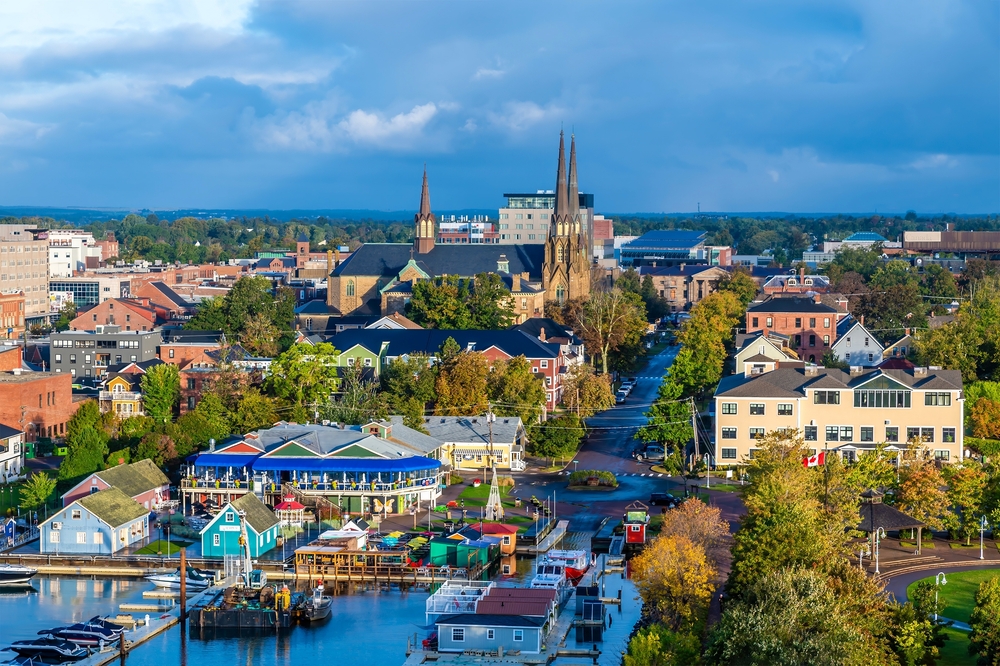
Charlottetown may be Canada’s birthplace, but it is also looking firmly toward the future. The island capital is leading in sustainable urban planning through pedestrian-friendly initiatives, green space preservation, and a commitment to clean energy. It’s expanding active transportation routes, retrofitting buildings for energy efficiency, and supporting local food systems to enhance urban resilience, while tech incubators and creative industries are taking root, helping to diversify the economy beyond tourism and government.
Saskatoon, Saskatchewan
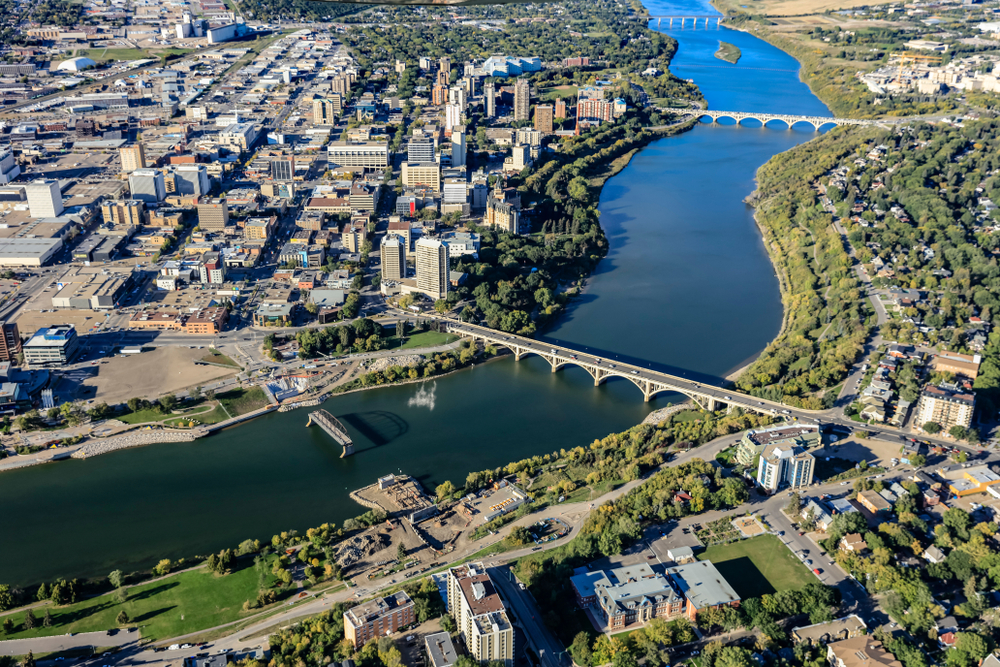
Saskatoon is evolving into a prairie powerhouse for modern urban living. The city’s ambitious “Green Strategy” includes goals for net-zero emissions, stormwater innovation, and large-scale green infrastructure like the Northeast Swale. Downtown revitalization projects focus on densification, public transit upgrades, and mixed-use development. The University of Saskatchewan fosters research in technology in food security, water science, and biotech. Saskatoon’s embrace of reconciliation and Indigenous-led planning is also shaping more inclusive civic systems.
21 Products Canadians Should Stockpile Before Tariffs Hit

If trade tensions escalate between Canada and the U.S., everyday essentials can suddenly disappear or skyrocket in price. Products like pantry basics and tech must-haves that depend on are deeply tied to cross-border supply chains and are likely to face various kinds of disruptions
21 Products Canadians Should Stockpile Before Tariffs Hit